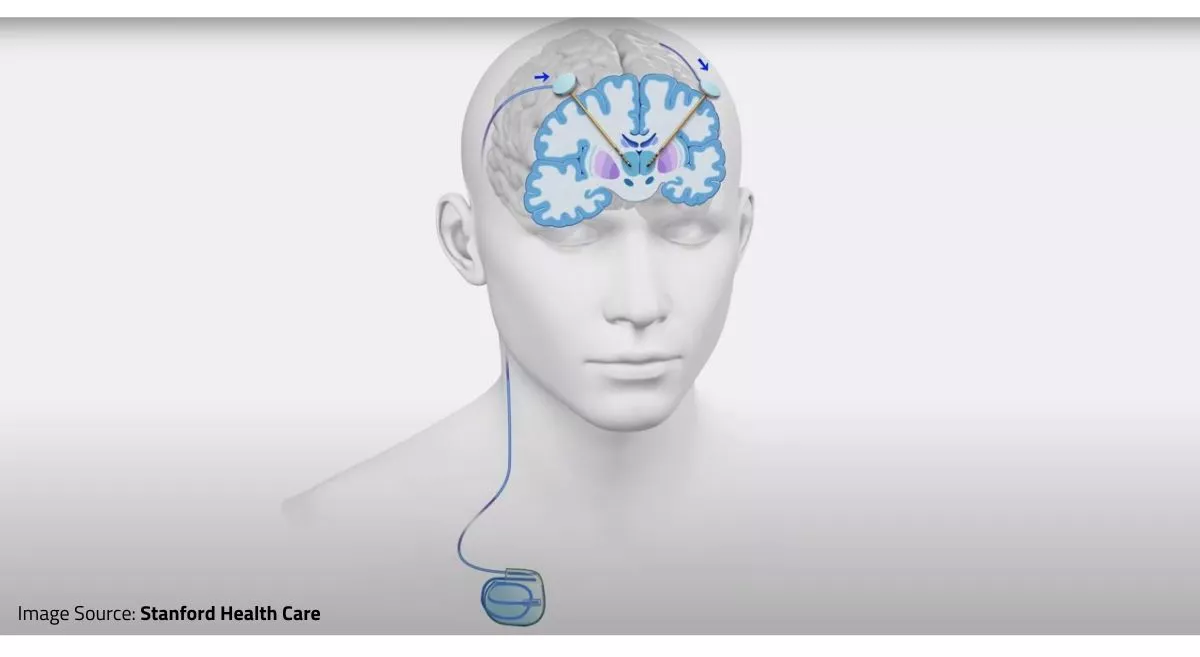Maintaining healthy bones is vital for overall well-being, as our skeletal system supports and protects vital organs while facilitating movement. Engaging in regular physical activity is key to achieving strong, resilient bones. Not only does exercise enhance bone density, making bones denser and less susceptible to fractures, but it also plays a crucial role in improving balance and coordination, further reducing the risk of falls, particularly as we age.
As the prevalence of osteoporosis—a condition characterized by fragile bones—continues to rise, many individuals are seeking treatment at orthopaedic hospitals across India. While medical intervention is important for those affected, it is essential to prioritize prevention through consistent exercise. Incorporating weight-bearing activities such as walking, dancing, and resistance training into our daily routines is the most effective strategy for safeguarding our bone health and ensuring longevity in mobility and quality of life.
How Exercise Strengthens Bones
Exercise acts on bones in much the same way it does on muscles—it strengthens them. Bones are dynamic, living tissues that respond to the stresses placed upon them by becoming denser and more resilient over time. When you partake in weight-bearing activities—like the rhythmic cadence of walking or the invigorating challenge of jogging—your muscles exert force on your bones. This dynamic interaction stimulates specialized bone-forming cells, urging them to work more diligently and effectively.
This continuous process is essential for developing robust bones during the critical years of youth and is equally vital for preserving their strength as you journey through life. By weaving exercise into the fabric of your daily routine, you can significantly lower the risk of osteoporosis and the perilous fractures that accompany it, ensuring that your bones remain strong and healthy for years to come.
Types of Exercises for Bone Health
Maintaining strong and healthy bones is essential for overall well-being, and various types of exercises can contribute significantly to bone health. Each type of exercise presents unique benefits:
- Weight-bearing aerobic exercises: Activities like brisk walking, dancing, or climbing stairs force your bones to support your body weight, strengthening them over time.
- Strength training: Using weights or resistance bands helps build muscle mass and puts pressure on bones, increasing their density.
- Balance and flexibility exercises: Yoga and tai chi improve coordination and stability, reducing the risk of falls—a leading cause of fractures.
These exercises collectively contribute to stronger bones and better overall health. For individuals with osteoporosis, consulting specialists at an orthopaedic hospital in India can help tailor safe workout plans.
Preventing Osteoporosis Through Physical Activity
Osteoporosis is a condition where bones become brittle and prone to fractures. Regular exercise is one of the most effective ways to prevent this disease. Weight-bearing activities increase bone density, while strength training targets areas like hips and spine—common sites for osteoporosis-related fractures. Additionally, balance exercises minimize fall risks, further protecting fragile bones. By prioritizing exercise for strong bones early in life, you can significantly lower the likelihood of developing osteoporosis later.
Exercise Benefits Beyond Bone Health
The advantages of physical activity extend beyond strengthening bones:
- Improved posture: Exercises that enhance flexibility and stability help protect the spine from curvature or fractures.
- Enhanced mobility: Staying active ensures better joint movement and reduces stiffness.
- Mental well-being: Physical activity boosts mood and reduces stress, contributing to overall health.
These benefits highlight why exercise is vital not just for bone health but for maintaining a high quality of life.
Consulting Experts at Orthopaedic Hospitals in India
For individuals experiencing musculoskeletal issues or symptoms of osteoporosis, seeking guidance from an orthopaedic hospital in India is essential. These hospitals offer advanced diagnostic tools like bone density tests and specialized treatments tailored to individual needs. Whether it's managing existing conditions or preventing future complications, expert care ensures optimal outcomes.
Conclusion
Exercise for strong bones is a cornerstone of healthy living. From weight-bearing activities to balance-enhancing routines, incorporating physical activity into daily life strengthens bones and improves overall well-being.
For those at risk or already facing bone-related challenges, consulting specialists at an orthopaedic hospital in India can provide personalized solutions. Remember, prevention through exercise is always better than cure—start today to build a healthier tomorrow!





